Monday began with a walk to the Rathaus, or town hall, to find the meeting point for a walking tour of the city. We explored much of the historic town and saw most of the major monuments—churches, canals, the warehouse district, and the foundations of the original fort. In a previous post, when I talked about visiting the Roman Ghetto, I mentioned the brass cobblestones located outside of the homes of Jewish people persecuted during war; during our tour in Hamburg we discovered that these “Stolpersteine” are the most wide-spread memorial in the world (currently located in 22 countries). The tour ended near the Elbe Philharmonic Hall, which we then entered. The concert hall is one of the most advanced of its kind, took much longer than expected to build, and was almost ten times over budget. The bold modern architectural silhouette of the addition contrast with the warehouse building that supports it. We viewed the entire city from a promenade walkway where the two parts of the building meet.
We then went to one of the city’s most visited tourist attractions, Miniatur Wunderland, a whole museum packed with complex and intricate models of places all over the world. Each room was a different country or region and had moving trains, cars, boats cruising on water, and planes taking off and landing. We eagerly participated in their suggested activity of finding little letters hidden in specific scenes, which, once unscrambled, reveal a message. After straining our eyes we were able to find them all! The entire set-up was incredible, and we had a good time focusing on the detail of the models and hunting for the letters. It reminded me of being home for the holidays since I spend every Christmas Eve searching my uncle’s Christmas train scenes to find the hidden characters! After our fun-hearted stop in the miniature world, we went and another hearty German dinner and wandered through some Christmas Markets at night.
The next morning we had a nice breakfast at a cafe and then walked to St. Nikolai, one of the city’s main churches that was almost completely destroyed in the bombing during World War II. One reason the church was so badly hit during the war was because its spire, the fifth tallest religious structure in the world, acted as a navigation point for the Allied bombers. The codename for the bombing of Hamburg was Operation Gomorrah, a reference to the Biblical cities of Sodom and Gomorrah which were destroyed in fire and brimstone. The fire created from phosphorus bombs couldn’t be extinguished with water, but needed sand to put end to the destruction. After the war, the city decided not to rebuild the church. Now the spire and part of the apse still stand and act as a reminder to the lives lost during the war. A small museum is currently housed in the churches crypt and shares the church’s and the war’s history. The museum and memorial continue to the spire where you can now take an elevator up to an observation deck. After visiting St. Nikolai we explored some other neighborhoods of the city and got lunch at the markets. Then we headed back to the hostel to part ways with MG, Bri, and Amali who were headed to London for the next step of their adventure. Vicki, Jenna, and I remained in the hostel to get some work done before leaving for Cologne, our final stop of our German tour, early the next morning.
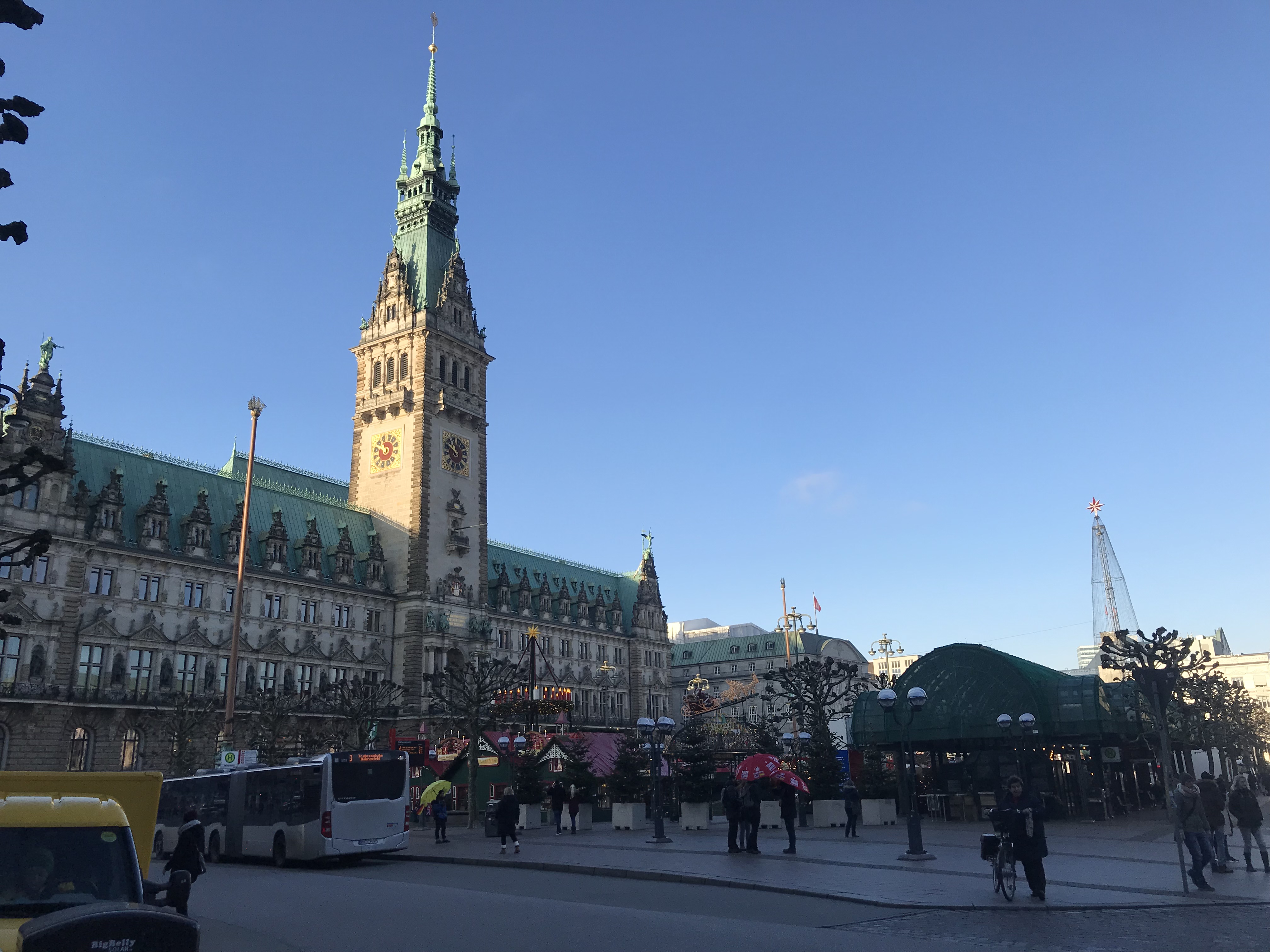

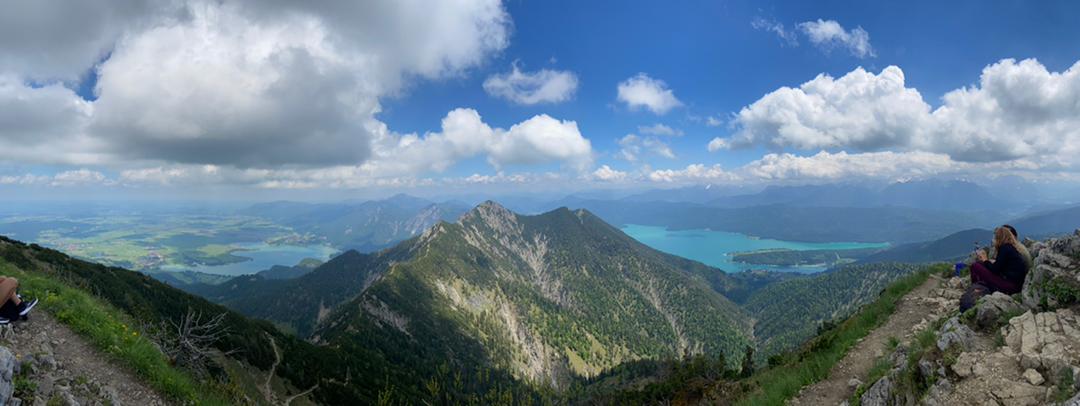
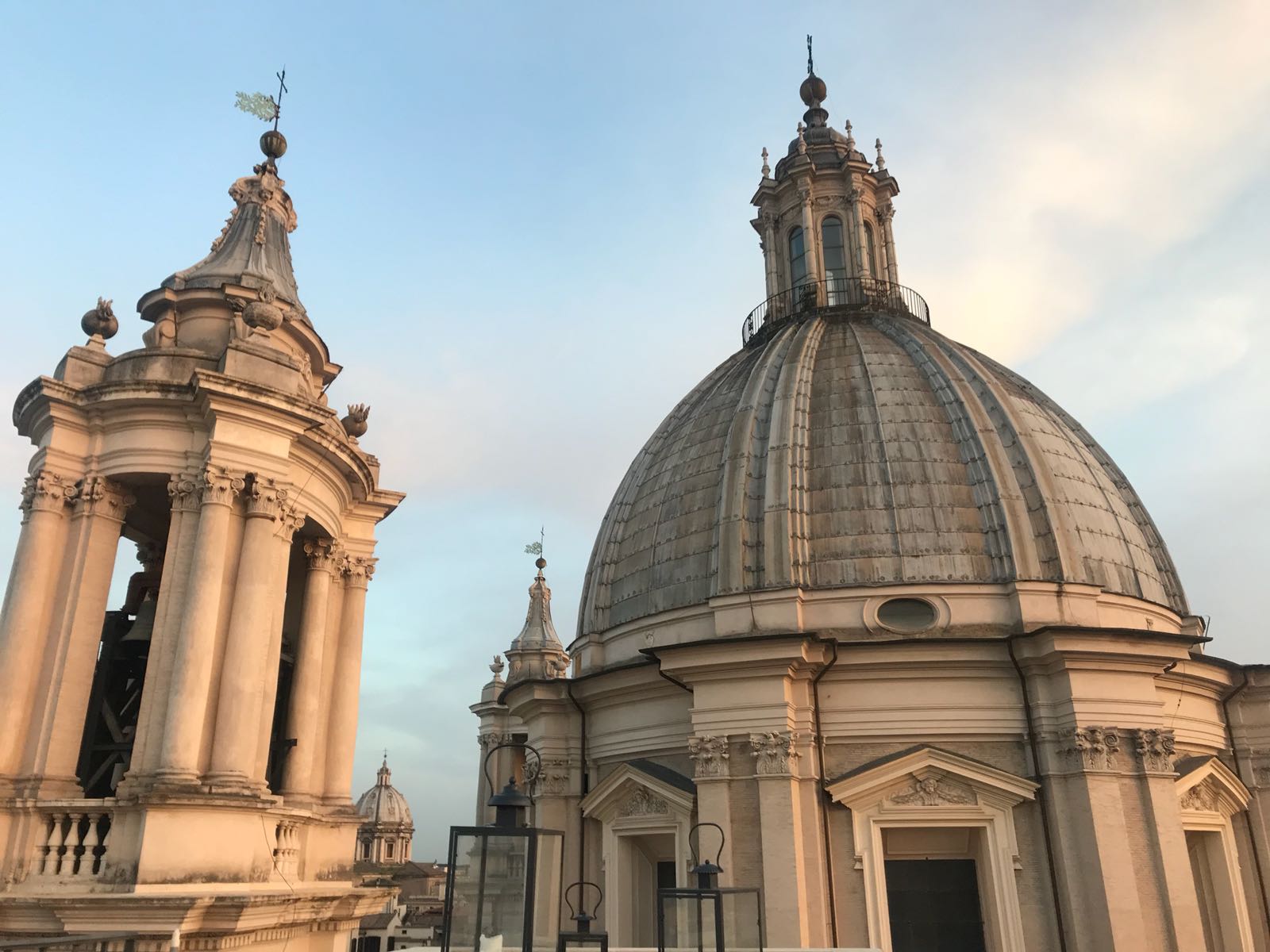
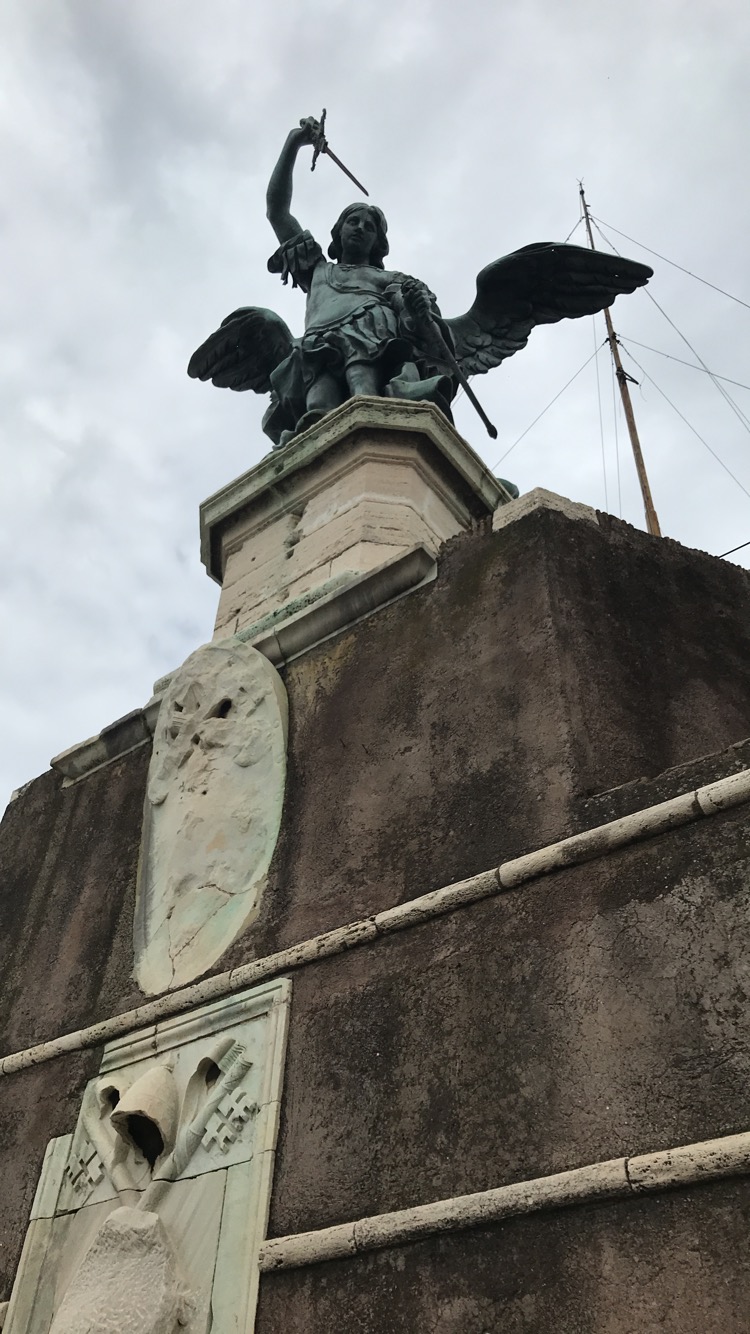
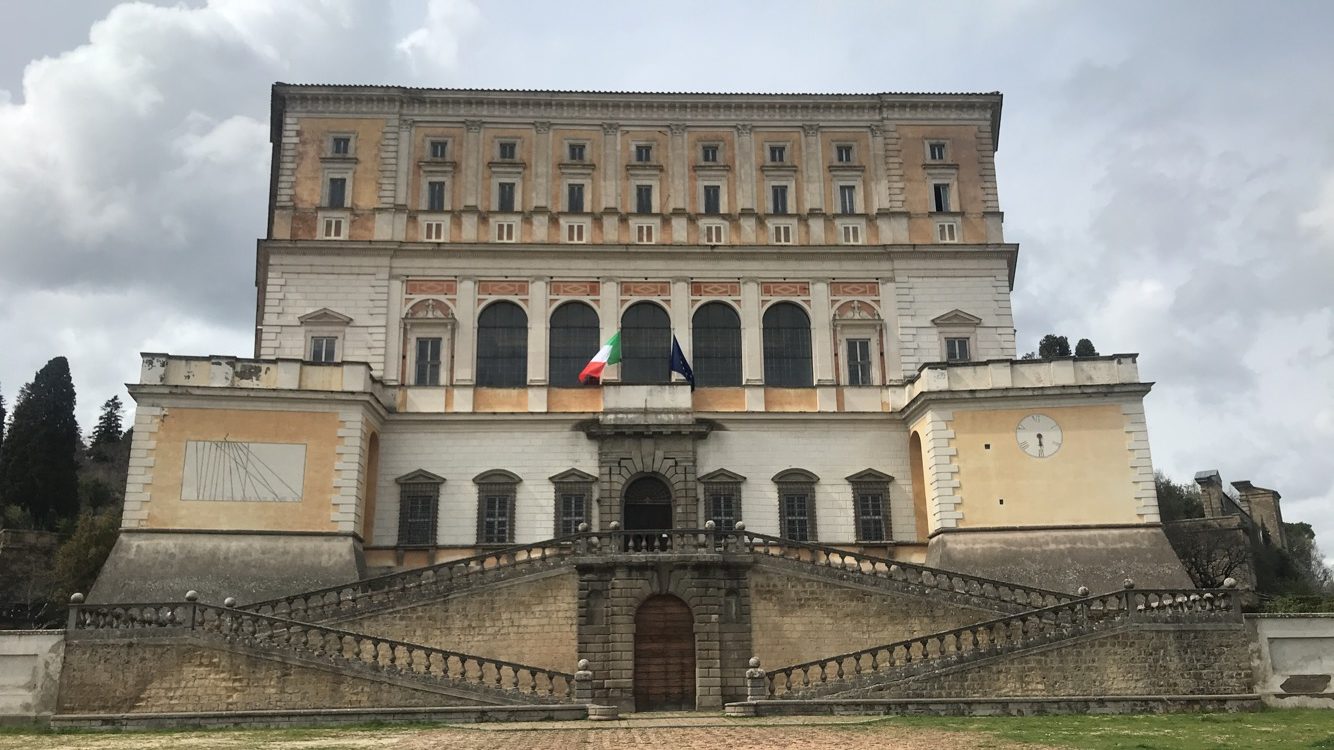
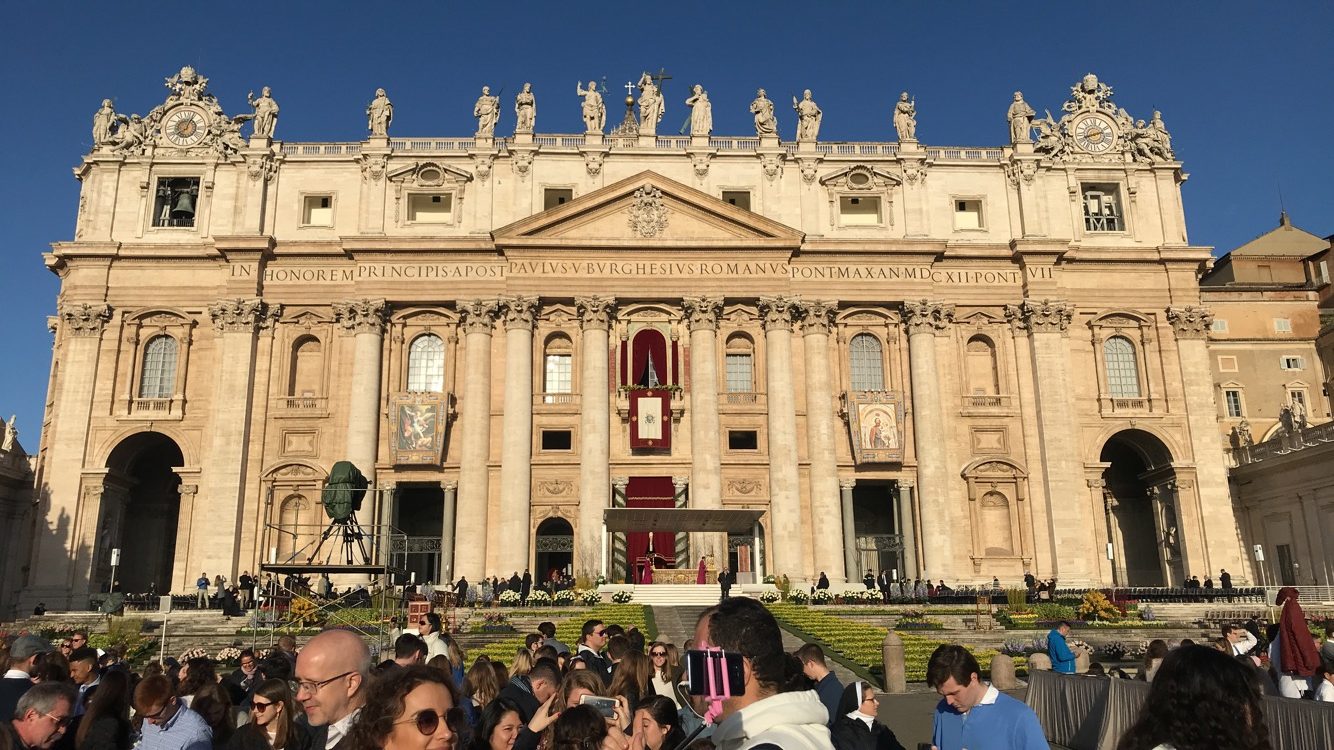
Leave A Comment